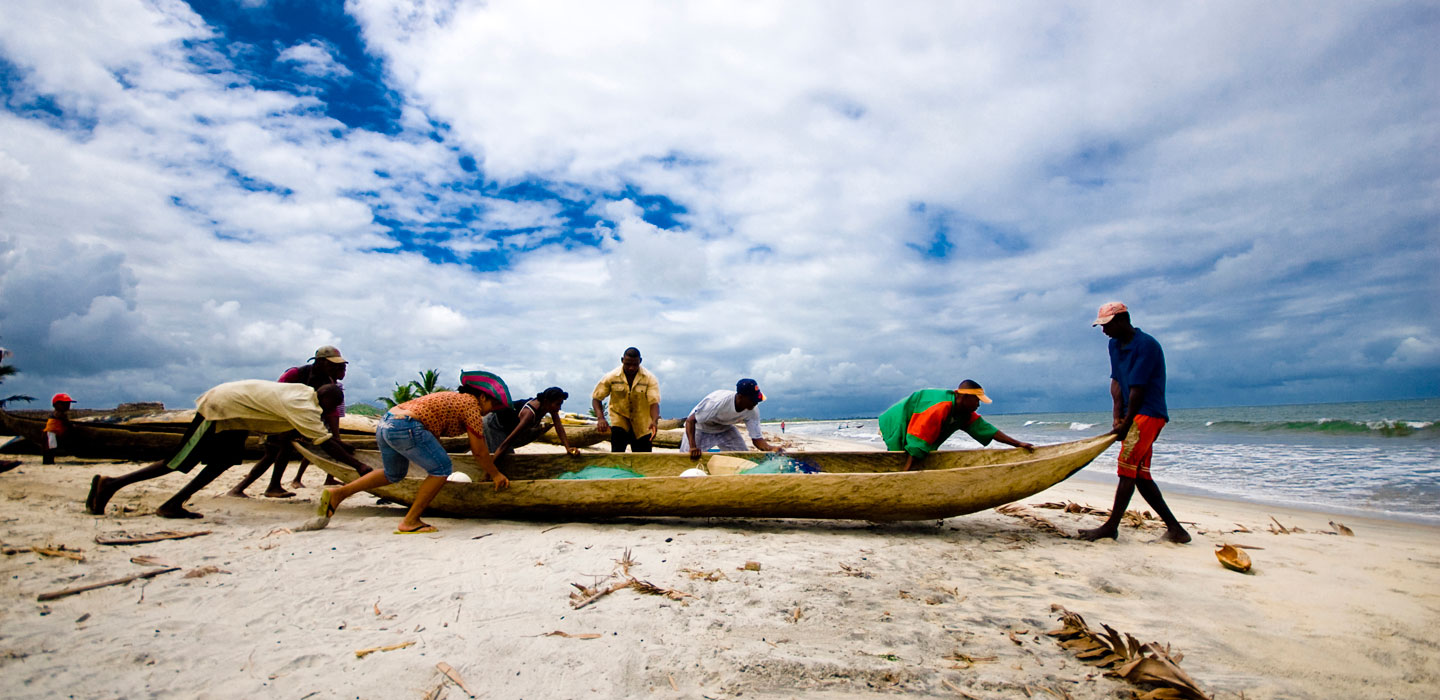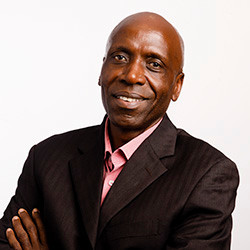IFAD in the Blue Economy: Is this a game changer?
IFAD Asset Request Portlet
Asset Publisher
IFAD in the Blue Economy: Is this a game changer?
Estimated reading time: 3 minutes
©IFAD/R. Ramasomanana
"Blue Economy" is the new buzzword in the international sustainable development agenda. People talk about it across the globe, coming together in different forums to exchange ideas on how we can take better care of this vital resource. But what is the Blue Economy and where does it fit in IFAD's development work?
Blue economy relates to the sustainable use and conservation of aquatic resources – oceans, seas, lakes, rivers – to drive economic growth, improve livelihoods and create jobs, while ensuring protection of our environment, cultural values and biodiversity. SDG 14 calls on the global community to “conserve and sustainably use the oceans, seas, and marine resources for sustainable development”.
Why is the Blue Economy so important in our lives? Let us take a quick look at some of the statistics. Over 71 per cent of the earth's surface is covered by water and nearly half of the world's population live within 100 kilometres of the sea. Three quarters of all large cities are located along the coast and 90 per cent of globally traded commodities pass through the sea. The global oceans-based economy is estimated at US$3 trillion a year, which represents about five per cent of global GDP. Blue economy industries provide for the livelihoods of over 820 million people worldwide in diverse fields including maritime shipping and related transport, energy generation, mining, construction, trade, tourism, research, among others, not forgetting very important ecosystem services, such as carbon sequestration.
Fishing and aquaculture form an integral part of the Blue Economy, perhaps one of the most important sectors due to the wide distribution of opportunities and benefits it creates across the world, especially in developing countries. Global fish production has increased to about 171 million tonnes, about half of it coming from aquaculture, valued at about US$362 billion. Fish accounts for almost 20 per cent of per capita intake of animal protein for 3.2 billion people, contributing to 17 per cent of global animal protein food supply. Aquaculture continues to grow faster than other major food production sectors at nearly 6 per cent per year. About 60 million people derive their main livelihood from fishing or aquaculture, over 96 per cent of these in developing countries in Asia and Africa. Roughly the same number of people, particularly women, are employed in post-harvest fish processing, marketing and other value chain activities.
IFAD's work does not involve some of the sectors in the Blue Economy, however, there has been a long history of engagement in aquatic resources related fields, going back over four decades. Since 1980, IFAD has supported over 100 projects involving communities whose livelihoods depend on aquatic resources from small-scale fisheries, small-scale aquaculture and coastal zones. The total cost of these investments is nearly US$3.4 billion, of which IFAD's direct contribution was US$1.6 billion, representing about 8 per cent of all IFAD’s loans and grants. Presently, there are over 35 ongoing projects with activities touching on fisheries, aquaculture and coastal communities.
IFAD's investments focus on developing sustainable and efficient value chains for fisheries and aquaculture, enabling fishers and farmers to access inputs, production and post-harvest technologies, better infrastructure and improved skills. Attention is given to effective management of aquatic ecosystems while mainstreaming the key issues in relation to youth, gender, nutrition, indigenous peoples and climate change. Coastal communities, and especially Small Island States, are faced with unique challenges, including extreme climatic and environmental threats. IFAD has responded to the needs of these communities, for instance in rebuilding the livelihoods and resilience of those greatly affected by tsunami in Asia and El Niño in parts of Africa. With increasing pressure on aquatic resources, more effort is needed to improve the management and conservation of fisheries and marine resources and develop small-scale aquaculture to achieve its big potential. More work is needed to improve production efficiency, reduce post-harvest losses, innovations in value addition and better marketing strategies.
How can IFAD work better with Member States and stakeholders to achieve inclusive and sustainable economic growth and social transformation with the use of their Blue Economy? Which technologies, best practices and development models can advance sustainable Blue Economy investments, conservation and coastal resilience and which can be replicated on a global scale? Indeed we are just at the beginning of a new dawn with the Blue Economy, exciting opportunities lie ahead to be explored, lessons to be learned, and hopefully, find the right answers to these questions.
Publication date: 24 January 2019